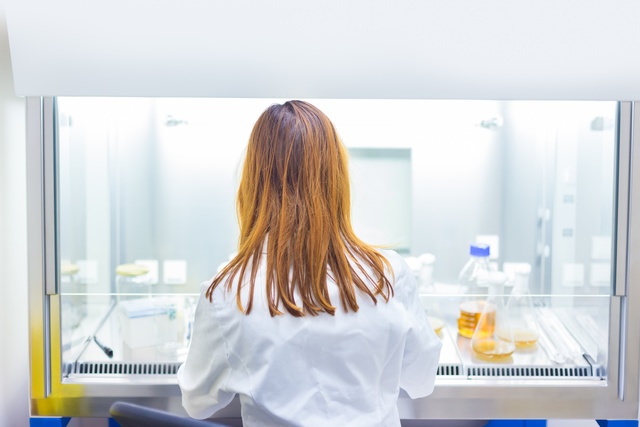
If you’re a lab manager, you’ve probably been gunning for a lab renovation for a while now. Unfortunately, you tend to get the same answer: it’s too much money, the company can’t afford the down time, or it’s simply too much work. And while those above you might think you can continue to eke by without an upgrade, you’re aware that your lab needs a renovation, and soon, if you want to stay relevant in today’s market. So, what are some signs it’s definitely time to renovate, and more importantly, what are concrete signs that you can show to decision makers to help influence that renovation you know your lab needs? Here are 5 big signs that should be immediate red flags to any company that relies on a laboratory:
Safety
If your lab was built any more than 20 years ago, it’s possible that you’re at risk for asbestos contamination. Old wet lab countertops used to contain asbestos and were installed as late as 1999. What’s more, older labs are more likely to have asbestos in overhead insulation, wrapping around pipes, and even in ceiling tiles used for soundproofing.
Also in regards to safety, replacing old fume hoods is the best way to ensure that your employees are as protected as possible from volatile chemicals. In many cases, fume hoods that were put in when the lab was originally installed were meant for much smaller processes, and cannot handle the increase in productivity that happened as your company expanded. New fume hoods will ensure your lab is up to code and will reduce the risk of fire.
On a final safety note, it’s important to realize that if your lab hasn’t been updated in awhile, there’s likely a bunch of safety codes you’re violating, especially if, like many labs, you’ve added employees, but not space. While some labs are grandfathered in when inspection standards change, it won’t be long before you’re so far out that you’re violating code. It’s important to consider renovations when the safety of the building and your employees are in question.
Corroding Shelves and Casework
If your shelves and casework have begun to corrode, it’s definitely time for a lab renovation. While it’s inevitable that caustic chemicals will eventually start to eat at most casework materials, you have the casework for a reason. And when it becomes too corroded to store backup equipment, chemicals, and solutions, it’s not doing its job. Remember that when you commission a renovation, you don’t necessarily need to get all new casework. Just simply replacing the units that are corroding will increase your storage capabilities immensely.
Fluctuating Temperatures
One of the biggest signs of an old lab in need of renovation is one that can’t keep a stable temperature. Laboratories house a considerable amount of equipment and samples that are incredibly temperature sensitive, so if your lab itself can’t hold a temperature, you’re putting a lot of extra strain on all of your machines which can lead to much more expensive fixes in the long run.
What typically happens with older labs is that the heating and cooling systems don’t stay ahead of temperature changes, and have slow reaction times. This means that the heat switches on after the room has dropped far below temperature, and stays on until the room is considerably warmer than it needs to be. In some cases, this can mean an HVAC unit upgrade or just a simple thermometer replacement. In other cases, the temperature fluctuation is a result of poor insulation or outdated windows. While you’ll need an expert to evaluate your lab specifically, it’s certain that a renovation is in order. With all of the temperature sensitive processes you run each day, you need a lab that can maintain a stable temp.
Constantly Calibrating Machines
If your employees are constantly having to recalibrate your incubators and refrigerators, it’s time for some upgrades. It’s common for older machines to have to be calibrated more often, but when it starts to become a nuisance for your employees, you’re definitely putting samples at risk. Machines that have to be calibrated all the time aren’t reliable and could start to have a negative effect on your processes, not to mention your employee’s productivity levels.
Inefficient Processes
Finally, inefficiency in the lab is a sign that no one can miss. Do your employees have to walk through multiple workstations to get to the sink? Are they constantly interrupting each other’s processes to move from point A to point B? Is it difficult to get from one spot in the lab to another in a straight line? If you answered yes to any of these questions, you’re overdue for a renovation.
Labs should be configured for optimal efficiency. Your employees should be able to get to the sink without having to walk through anyone else’s workspace. If they can’t, they’re interrupting someone else’s work, which slows down production and increases inefficiency. Lab renovations are a great way to rework your lab to ensure your employees can get where they need to go quickly, without getting in anyone’s way. Many times, it doesn’t even mean you need additional space––it’s possible to create an efficient, open space design by just reworking the area you already have.
It’s good to note that in most cases, a laboratory renovation is an easy, more budget-friendly way to get the lab you need in a shorter time frame. Renovations allow you to keep the parts of your lab that still work, but also add in new appliances and technology to increase efficiency and production at the same time. If any of these above 5 signs applied to your laboratory, and you’re thinking it might be time for a lab renovation, Multi-Lab is here to answer any questions you have! We’ve been delivering expertly designed custom laboratories for years and would be happy to talk with you about your lab renovation. For more information on renovations, or to talk with an expert, give our office a call at 616-846-6990, or contact us online today!

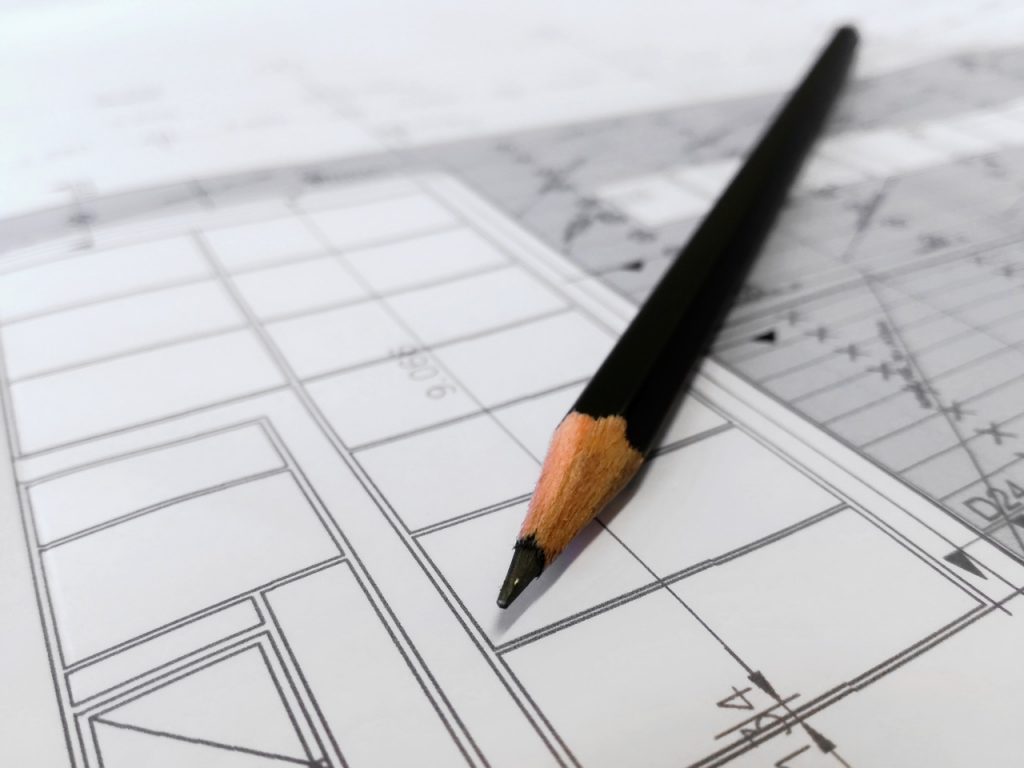
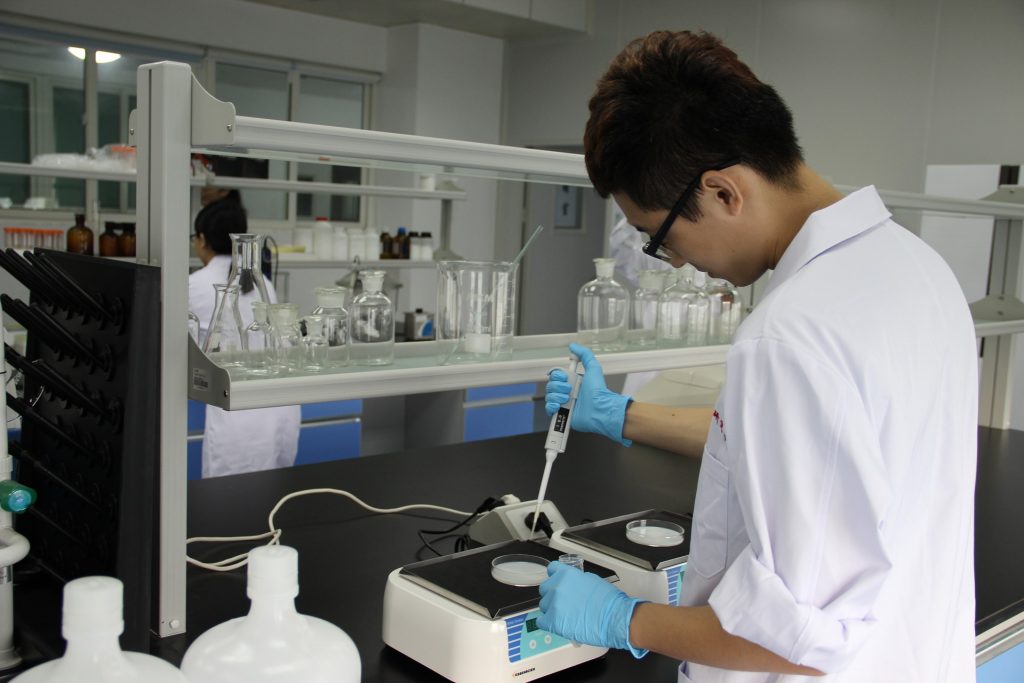
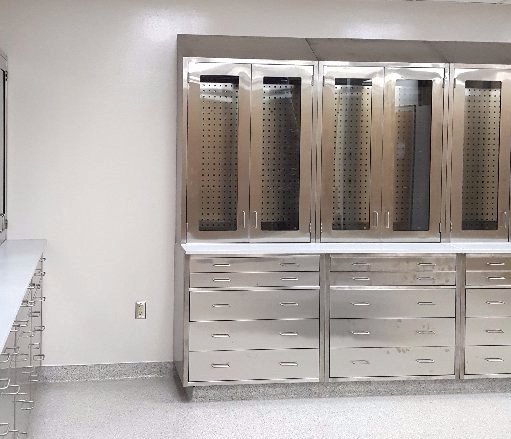
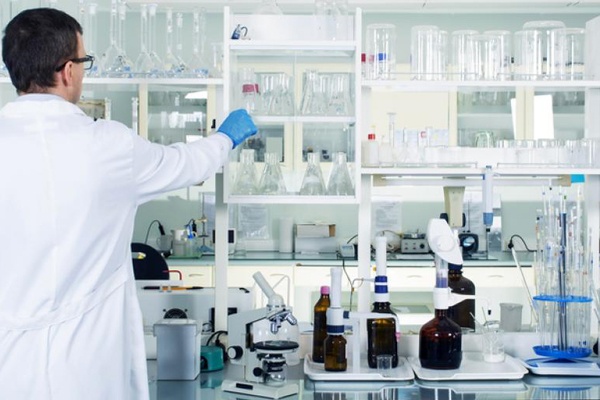
About The Author: MultiLab
More posts by MultiLab